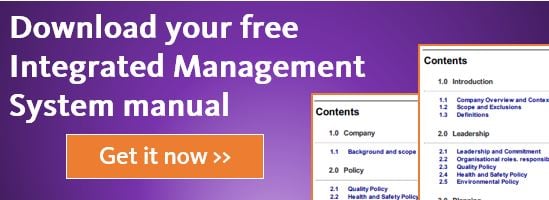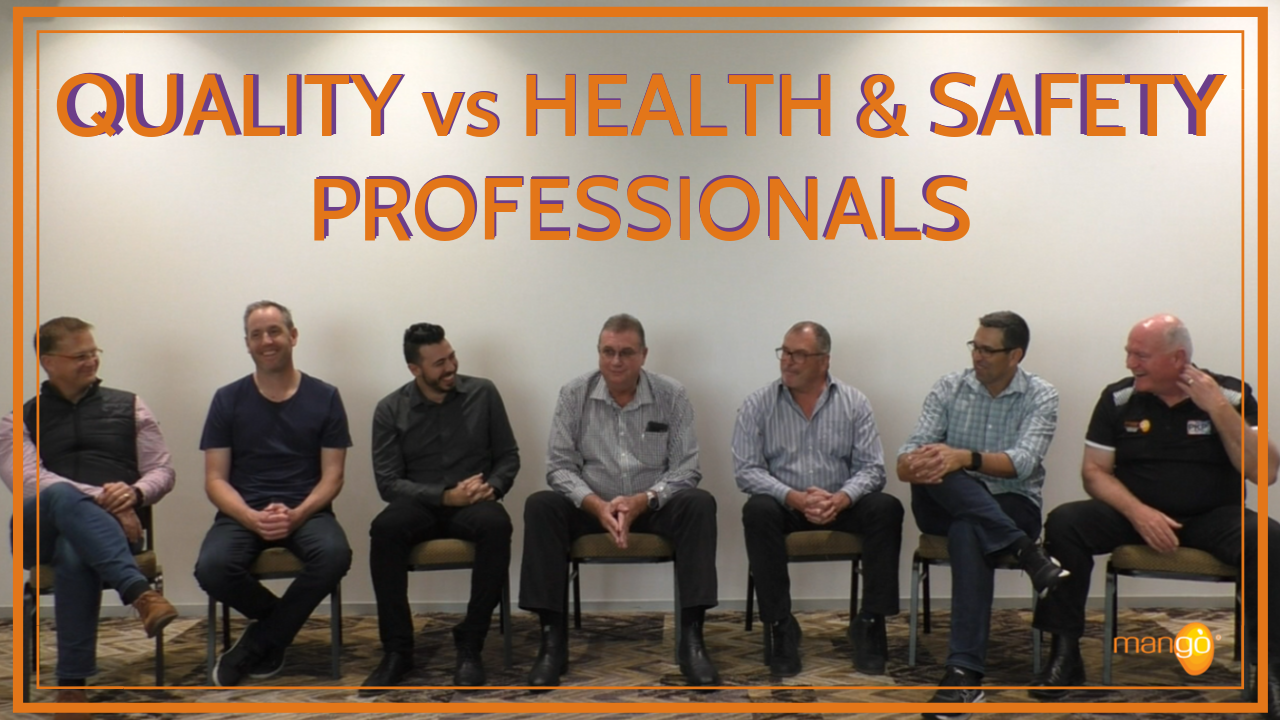The final clause of ISO 9001 revolves around improvement and corrective action. This is the “Act” part of Deming’s Plan-Do-Check-Act cycle.

Continuous Improvement
Improvement, continuous improvement and implementing corrective actions are real game-changers for your business. It’s human nature to feel relieved when no non-conformances are found, but having no improvements to be addressed means that, frankly, your business isn’t going to be improving. You should be continually looking for non-conformances that add value to your business and drive enhanced profits if that is your goal. Look often and look hard for improvements.
However, as an auditor and a sometime consultant this is the weakest area of the standard to audit. This is because you can list almost anything as an improvement. Thus for an external auditor it’s hard to report a non-conformance because just doing something could be interpreted as an improvement.
So let’s look at the standard in some more detail.
Clause 10.1 Determine and Select Improvements
You must determine and select improvements and then put action in place to meet customer’s requirements and enhance any customer satisfaction. These improvements could come from:
- Improvements to your products or services
- Correcting mistakes
- Improving your QMS
Then, you need some priority system to work out what improvement to work on first.
For example, here at Mango we are continually getting improvement suggestions to our product. We have built a customer suggestion box into Mango call “Dev Request”. These suggestions give us ideas for improving our product and service.
We sit down on a regular basis and prioritise what requests/improvements we will work on first. This not only gives us valuable information on what customers want, but we can then determine our own destiny on what we will develop first and what will be of the highest value to the customer.
Clause 10.2 Management of nonconformities
The standard has some handy steps you should put in place to address nonconformities:
- Take action to control the nonconformity, correct it and then deal with the consequences;
- Evaluate the need for action to eliminate the cause of the nonconformity;
- Implement any corrective action;
- Review the effectiveness of any corrective action;
- Update the risk register;
- Finally make changes to the quality management system, if required.
The standard requires you to keep document information (or records) as evidence that the nonconformities and subsequent actions have been taken; and the results of any corrective action are also taken.
For example, here at Mango we use the Improvement module that has a workflow that records the implementation of corrective action using the stages described above. It makes meeting this clause oh so easy.
Clause 10.3 Continuous Improvement
Finally clause 10.3 has a requirement to continuously improve the QMS. This is repeat of clause 10.1. I’m not sure why ISO have done this but there you go. Maybe they should flag this double-up as a non-conformance? *wink*
Takeaways
Here are some useful takeaways to help you achieve clause 10:
- Create a culture of reporting improvements.
- Capture them in a spreadsheet (or use Mango).
- Prioritise them based on the customer requirements. Obviously customer issues are dealt with first.
- Deal with the issues with appropriate corrective action.
View previous blogs in this series "How to Implement a QMS and Achieve ISO 9001 Certification":
How to Implement a QMS and Achieve ISO 9001 Certification - Part 1: Introduction
How to Implement a QMS and Achieve ISO 9001 Certification - Part 2: Customer Focus
How to Implement a QMS and Achieve ISO 9001 Certification - Part 3: Leadership
How to Implement a QMS and Achieve ISO 9001 Certification - Part 4: Engagement of People
How to Implement a QMS and Achieve ISO 9001 Certification - Part 5: Process Approach
How to Implement a QMS and Achieve ISO 9001 Certification - Part 6: Improvement
How to Implement a QMS and Achieve ISO 9001 Certification - Part 7: Evidence Based Decision Making
How to Implement a QMS and Achieve ISO 9001 Certification - Part 8: Relationship Management
How to Implement a QMS and Achieve ISO 9001 Certification - Part 12: Clause 5.2 Policy
How to Implement a QMS and Achieve ISO 9001 Certification - Part 15: Clause 6.2 Objectives
How to Implement a QMS and Achieve ISO 9001 Certification - Part 16: Clause 7.1 Resources
How to Implement a QMS and Achieve ISO 9001 Certification - Part 27: Clause 9.2 - Internal Auditing
How to Implement a QMS and Achieve ISO 9001 Certification - Part 28: Clause 9.3 - Management Review
.png?width=200&height=51&name=image%20(2).png)




